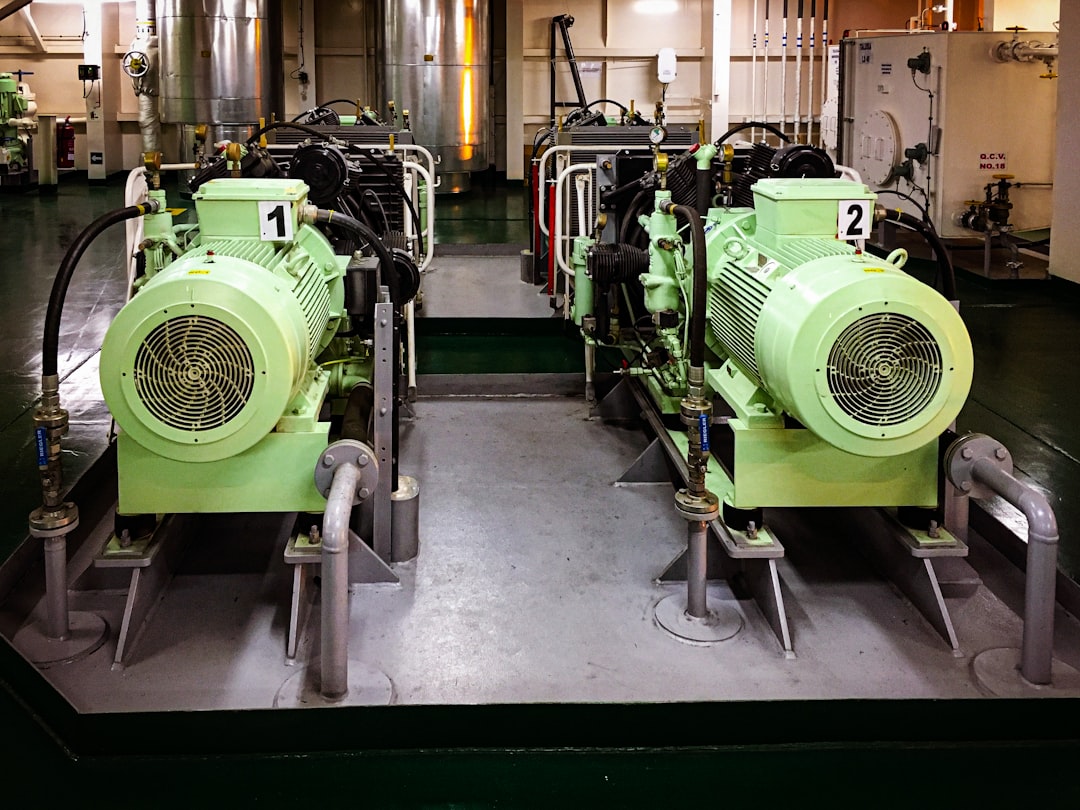Industrial machinery relies heavily on efficient and reliable fluid transfer systems. These systems, often overlooked, are the backbone of countless processes, from chemical manufacturing to power generation. The unsung heroes of these systems? Pipes. This comprehensive guide delves into the critical role of pipe usage in industrial machinery, exploring various aspects from material selection to safety protocols.
1. Material Selection: Choosing the Right Pipe for the Job
The choice of pipe material is paramount. It directly impacts the lifespan, safety, and overall efficiency of the system. Several factors influence this decision, including the fluid being transported, operating temperature and pressure, and the corrosive environment. Common materials include:
- Carbon Steel: A versatile and cost-effective option for many applications, particularly those involving water, steam, or non-corrosive fluids. However, it’s susceptible to corrosion in certain environments.
- Stainless Steel: Offers superior corrosion resistance, making it ideal for handling aggressive chemicals and high-purity fluids. Different grades of stainless steel (e.g., 304, 316) offer varying degrees of corrosion resistance.
- Cast Iron: Used in applications requiring high pressure and durability, but it’s heavier and more prone to corrosion than steel.
- Plastic Pipes (PVC, CPVC, HDPE): Lightweight, corrosion-resistant, and cost-effective for handling chemicals and other non-aggressive fluids. However, they may have limitations regarding temperature and pressure resistance.
- Copper: Excellent corrosion resistance and thermal conductivity, often used in plumbing and HVAC systems.
Selecting the wrong material can lead to leaks, corrosion, and even catastrophic failures, highlighting the importance of careful consideration during the design phase.
2. Pipe Fittings and Connections: Ensuring Leak-Free Systems
Pipes rarely run in straight lines. Fittings, such as elbows, tees, and flanges, are essential for directing fluid flow and creating complex piping networks. The choice of fitting and connection method depends on factors such as pressure, temperature, and the pipe material. Common connection methods include:
- Threaded Connections: Relatively simple and cost-effective, suitable for lower pressure applications. Require careful sealing to prevent leaks.
- Flanged Connections: Robust and suitable for high-pressure applications. Allow for easier disassembly and maintenance.
- Welding: Creates a permanent and leak-proof connection, ideal for high-pressure and critical applications. Requires skilled welders and adherence to strict quality control procedures.
- Compression Fittings: Easy to install and suitable for lower pressure applications. Often used with plastic pipes.
Proper installation and maintenance of fittings are crucial for preventing leaks and ensuring the integrity of the entire piping system. Regular inspection and timely replacement of worn or damaged fittings are essential for safety and operational efficiency.
3. Pipe Sizing and Flow Calculations: Optimizing Fluid Transfer
Accurate pipe sizing is critical for efficient fluid transfer. Undersized pipes can lead to increased pressure drop, reduced flow rate, and increased energy consumption. Oversized pipes are wasteful and may not be suitable for the required pressure. Hydraulic calculations, using formulas and software, are employed to determine the appropriate pipe diameter based on factors like flow rate, fluid viscosity, and desired pressure drop. These calculations ensure the system operates within its design parameters, maximizing efficiency and minimizing energy waste.
4. Pipe Support and Stress Mitigation: Preventing Failures
Pipes, especially those carrying fluids under high pressure or temperature, are subject to significant stress. Inadequate support can lead to sagging, vibration, and ultimately, pipe failure. Proper pipe support systems, including hangers, clamps, and restraints, are crucial for distributing the weight and stress evenly. These systems must be designed to accommodate thermal expansion and contraction, preventing undue stress on the pipes and connections. Regular inspection and maintenance of the support system are vital to ensure the long-term integrity of the piping network.
5. Safety and Maintenance: Ensuring Long-Term Reliability
Safety is paramount in industrial settings. Properly designed, installed, and maintained piping systems are crucial for preventing leaks, spills, and other hazards. Regular inspections, including visual checks, pressure testing, and non-destructive testing (NDT) methods, are essential for identifying potential problems early on. A comprehensive maintenance program, including scheduled inspections and repairs, helps ensure the long-term reliability and safety of the piping system. This also includes implementing appropriate safety protocols for workers during installation, maintenance, and repair operations.
In conclusion, the seemingly simple pipe plays a vital role in the functionality and safety of industrial machinery. Understanding the nuances of pipe selection, installation, and maintenance is crucial for optimizing performance, ensuring safety, and minimizing downtime. By addressing these aspects diligently, industries can ensure the smooth and efficient operation of their machinery for years to come.
Tags: industrial piping, industrial pipes, pipe usage, machinery pipes, pipe maintenance




